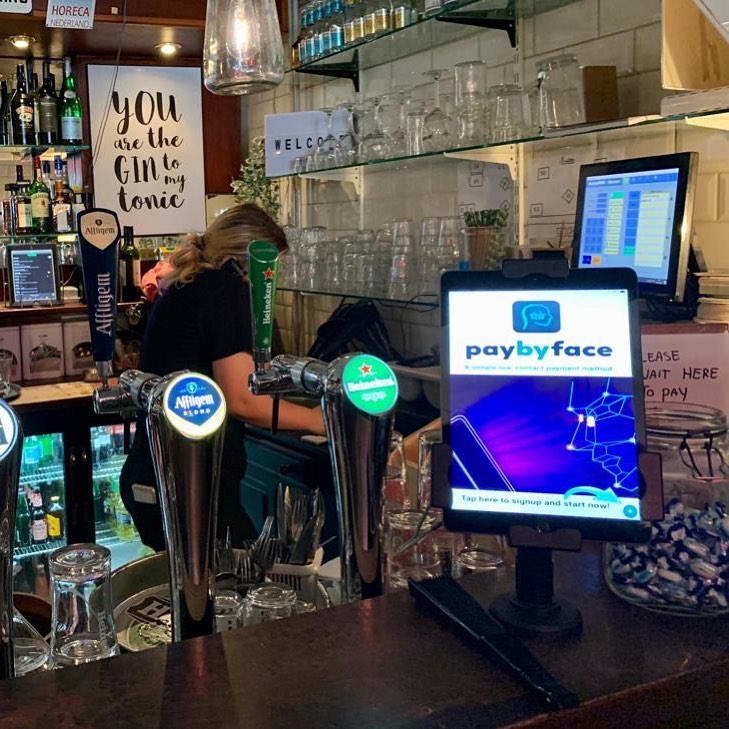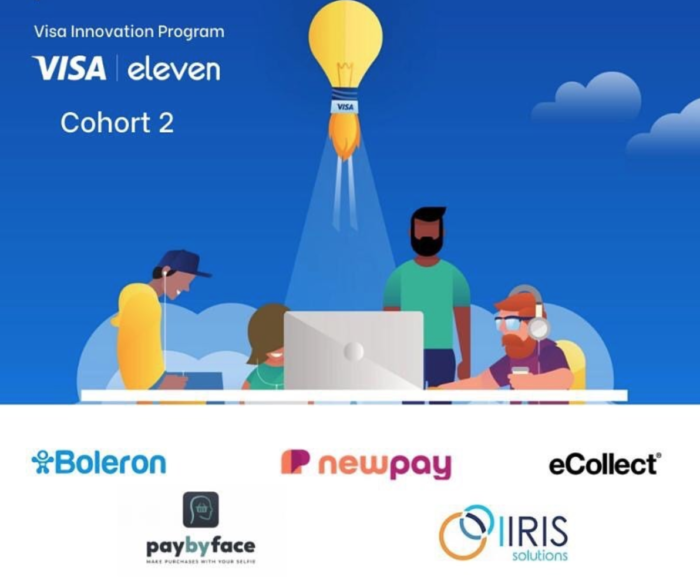NILSON REPORT – Facial Payments/Digital Signage Platform
Facial Payments/Digital Signage Platform
PayByFace provides merchants with a service that combines digital signage with facial biometric-based payments. The company integrates its middleware platform with off-the-shelf tablets merchants use as point-of-sale terminals. Merchants don’t pay a fee to use PayByFace facial authentication on their tablets. The key to PayByFace’s revenue model is the advertisements presented on those same tablets, which can run 10-second ads on a continuous loop as well as 30-second videos (without sound).
Merchants can select pop-up ads to present when a purchase is being made, whether secured by the biometric authentication or not. They don’t pay for ads or receive any revenue from them.
Merchants can purchase ads on the tablets of other merchants using the PayByFace service if they are not competitors. The PayByFace platform can place ads on tablets anywhere in the world.
Consumers and merchants download the PayByFace app. Consumers use their PayByFace app and their own smartphone to register a selfie.
Technology from U.K.-based Facebanx is used to identify and authenticate consumer credentials when the selfie and personally identifiable information (PII), including address and mobile phone number, are submitted for registration with the PayByFace service.
The onboarding process is PAS 499 certified to comply with the European Union’s General Data Protection Regulation (GDPR) and PSD2 (Strong Customer Authentication).
PayByFace uses technology from another company to create the template of the consumer’s face. That template is stored in the cloud, along with the consumer’s card account details and PII.
When a consumer makes a purchase at the point of sale, PayByFace downloads the template to the merchant’s tablet. The consumer matches their selfie in real time with the tablet and inputs a private code, which gives two-factor authentication.
A valid match in the tablet of the selfie and the template triggers PayByFace to send an authorization message and a token to the merchant acquirer, where the consumer’s card account details are stored on file.
PayByFace integrates with the acquirer used by its merchant. It never touches any funds in the payment.
In-store payments with facial authentication are counted as card-not-present transactions by the global card networks.
The first merchant to use the PayByFace service went live in Bucharest, Romania, in January 2020 using an off-the-shelf iPad. Currently, PayByFace is available only on Apple devices.
Mihai Draghici is Chief Executive Officer at PayByFace in Bucharest, Romania, mihai@paybyface.io, www.paybyface.io.
© Copyright 2020 The Nilson Report




